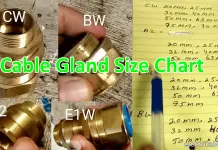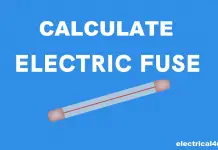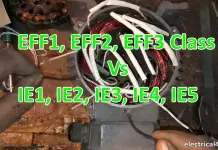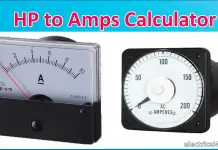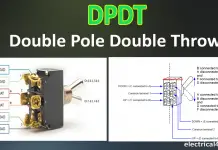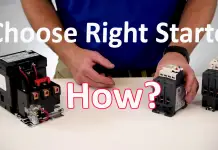What is Contact in electrical:
Electrical contact is nothing but a conductive material which help us to pass the electric current when two contact touches each other. It is purely depending on the surface smoothening, contact resistance, how fast they touch each other, the material of construction, the distance between two contacts, chemical & weather condition etc.
For example, high voltage applications i.e SF6 circuit breaker which contact needs to be separated with the significant distance.
Note: Single contact has two terminals.
Different type of Contact states:
There is two number of contact states are considered such as NO (Normally Open) & NC (Normally closed).
NO (Normally Open):
As a default, the contact will be in the open position, which mean the contact will not allow the current flow to the circuit. Once you force to close the contact, the NO becomes NC.

NC (Normally Closed):
It is the opposite function of NO. As a default, the contact will be in a closed condition which means the contact allows the current to circuit. If we force to open, the contact becomes NC to NO.
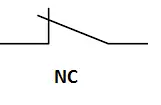
Selection of electrical contacts:
- The contact should have high conductivity as represented in the International Annealed Copper Standard. Example: Silver has high conductivity since most of the electrical contact is made of silver alloy only.
- High corrosion resistance and chemical decay.
- A high degree of Hardness.
- The contact terminal should be made of some kind of material. Ie if terminal A is copper means, the terminal B should be copper. Violating this, the electrical contact’s life span will be reduced.
- High temperature withstand.
- Less contact resistance.
Types of electrical contact forms:
There are different types of forms used to define the electrical contact operating states.
Form A:
It is Normally Open contacts, for example, SPST – NO switches. Initially, it will be open conditions, after energizing the contact become closed.
Form B:
It is Normally Closed contacts. Example: SPST – NC switches. It is a reverse function of form A contacts.
Form C:
They are a combination of form A and B with the common terminal. example SPDT switches. The common terminal is used to give input to the switches.

Normally Open + Common + Normally closed => form C.
Form D:
It is a combination of two form B with a common third terminal like form C. I mean,
Normally Closed + Common + Normally Closed => form D.
Form K:
It is little bit differs from both Form C and Form D by normally open position in the centre where neither connection is made other. i.e SPDT switch with centre off.
Normally open + Common + Normally Closed + Center off => form K contacts.
Form X:
It is a combination of two form A (Normally open). Example: Electrical contactors. Both contacts will be operated at the same time by mechanical link.
Normally Open + Normally Open => Form X contacts.
Form Y:
It is a form of two form B (Normally closed) contacts. Example: 2 Pole Selector Switch
Normally closed + Normally closed => Form Y contacts.
Form Z contacts;
It is a combination of both form y and form x contacts. It has two NO and two NC with mechanically linked.

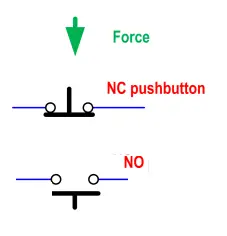
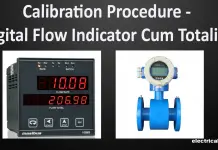
![What is Normally Open & What is Normally Closed [Video Included] What is NO and NC](https://www.electrical4u.net/wp-content/uploads/2020/09/What-is-NO-and-NC-218x150.png)


